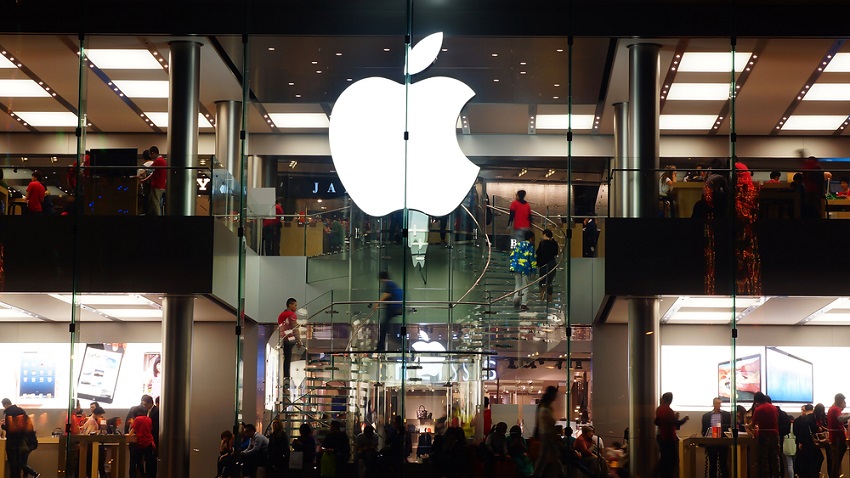Historically, Apple hasn’t spent as much on Research and Development (R&D) as some of its rivals. Even as recently as 5 years ago, Apple’s R&D expenditures were easily eclipsed by any number of companies, including Google, Microsoft, and Samsung.
This can partly be explained by Steve Jobs’ belief that innovation is more about having the right people working on the right projects, as opposed to blindly throwing money at various research initiatives that don’t end up going anywhere.
“Innovation has nothing to do with how many R&D dollars you have,” Jobs said in a 1998 interview. “When Apple came up with the Mac, IBM was spending at least 100 times more on R&D. It’s not about money. It’s about the people you have, how you’re led, and how much you get it.”
Flash forward to 2019 and Apple, under Tim Cook, is operating a little bit differently. With the iPhone now accounting for a smaller percentage of Apple’s revenue than ever before, the pressure is mounting on Apple to come up with the next big thing. Consequently, Apple in recent years has significantly increased the amount of money it spends on R&D.
Per the company’s recent SEC filing, Apple during the June quarter spent $4.2 billion on R&D expenditures. This marked a 15% increase from the year-ago quarter and, in turn, was the most money Apple has ever spent on R&D in a given quarter.
Additionally, CNBC points out that Apple’s R&D costs, as a percentage of overall revenue, is higher now than it’s been in years:
Apple’s R&D bill came out to 7.9% of its total revenue, the highest percentage since 2003, when Apple was still focusing on iPods and Macs. Apple is on pace to spend over $16 billion on research and development in 2019.
And while Apple’s R&D costs still lag behind what a company like Google routinely spends, the data above underscores Apple’s ongoing efforts come up with new technologies and products capable of driving additional revenue.
As to what Apple’s R&D efforts might yield, well, that’s anybody’s guess. At this point, rumor has it that Apple is still working on Project Titan, though it remains unclear if Apple’s automotive endeavors will ever manifest in a shipping product. Additionally, Apple has long been rumored to be working on a pair of augmented reality glasses, though a recent rumor claims that Apple may have “terminated” the project.
As for new technologies and features that we might see sooner rather than later, it’s no secret that Apple continues to throw a lot of money at improving the capabilities of the iPhone camera. Just last month, a report emerged claiming that Apple’s iPhone 12 — which will likely be released in September of 2020 — will incorporate time-of-flight camera sensors designed to improve 3D mapping and augmented reality functionality. And this year, with the company’s iPhone 11 lineup slated for release in late September, a new triple-lens camera design has the potential to take mobile photography on the iPhone to the next level.
Further, a recent report from reputed analyst Ming-Chi Kuo relays that Apple’s iPhone lineup in 2021 will include both Face ID and Touch ID functionality built right into the display. In other words, it stands to reason that it’s only a matter of time before we see some concrete results from Apple’s ongoing R&D efforts.
Of course, R&D doesn’t necessarily have to result in a game-changing new product. Instead, it can help fuel some of the components that help make Apple products best-in-class, such as the company’s series of A-x processors. In a similar vein, and in light of Apple’s $1 billion acquisition of Intel’s modem business, it stands to reason that Apple is investing quite a bit towards the development of a custom-designed 5G chip that it hopes will one day replace and outperform anything Qualcomm is able to bring to the table.
In the interim, Apple continues to sit pretty, with the company’s burgeoning services and wearables division effectively making up any lost revenue the company is experiencing on the smartphone front.








